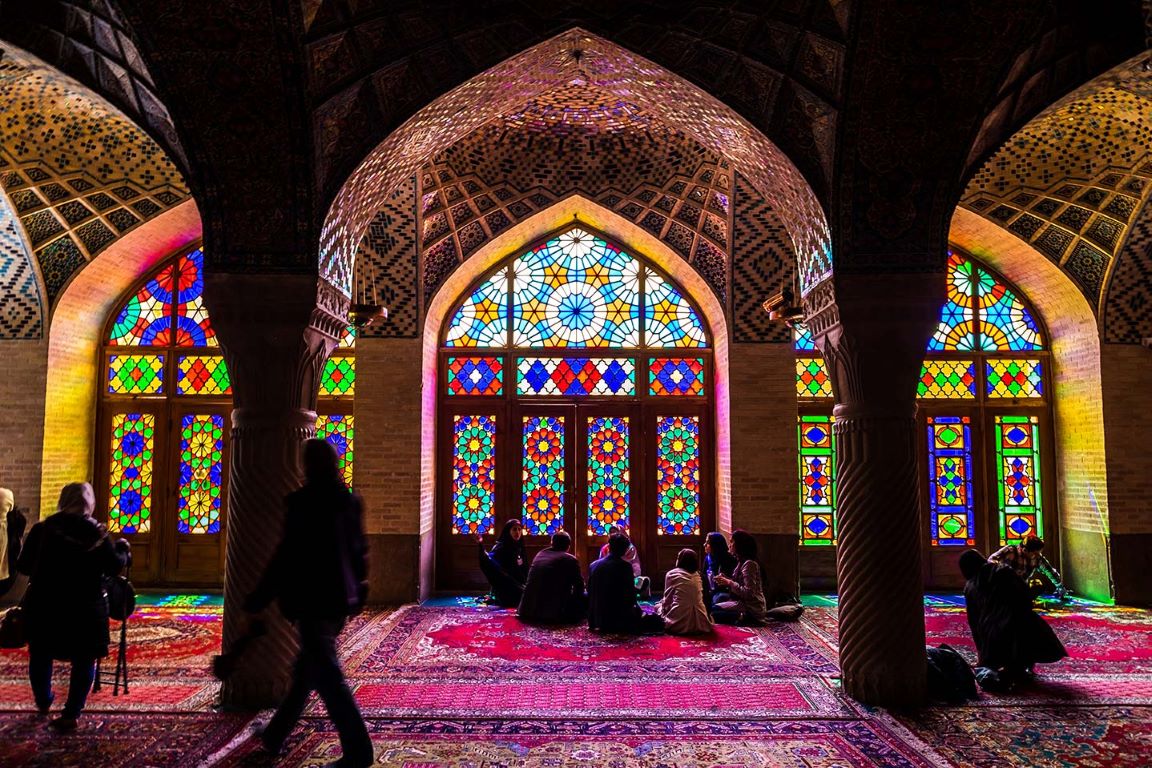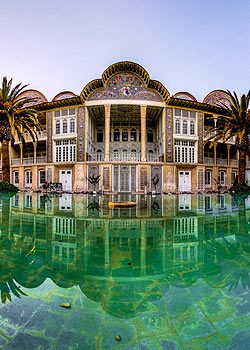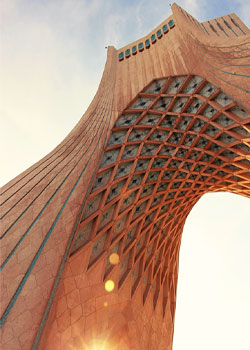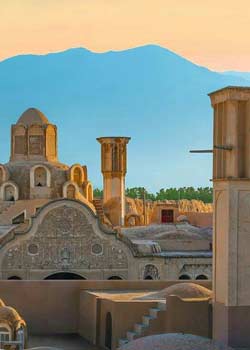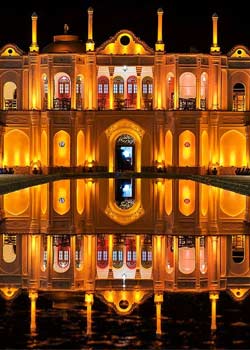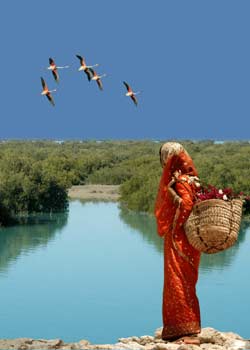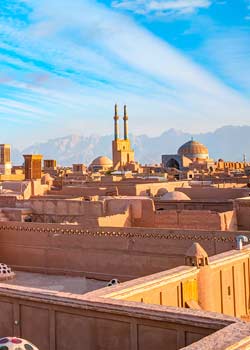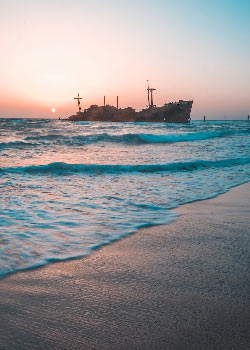Discover Shiraz: Your Gateway to Persian Culture
Shiraz, the capital of Fars province, stands as a beacon of Persian culture and history. With a population of approximately 1.5 million, Shiraz served as the national capital during the Zand dynasty (1747–1779). It's the hometown of revered poets Hafez and Saadi and was once famed for its local wine, unrelated to France's Syrah variety. Today, Shiraz continues to enchant with its poetry, refined architecture, and tranquil gardens.
Getting In
By Plane
Shiraz International Airport (SYZ) connects to major Iranian cities and international hubs like Istanbul, Kuala Lumpur, Dubai, Sharjah, Bahrain, Kuwait, and Doha. Turkish Airlines offers four weekly direct flights from Istanbul.
By Train
Daily trains to Tehran take 10–15 hours. Shiraz Train Station, 20 km from the city center, offers bus and taxi transfers.
By Bus
From Tehran: ~12 hours.
From Isfahan: ~6 hours.
From Yazd: ~5 hours.
From Kerman: ~8 hours.
Main terminals include Karandish Bus Terminal and Ali Ibn Hamze Terminal (for Persepolis).
By Car
Well-connected by highways to Isfahan, Kerman, Bushehr, Ahvaz, Yasouj, and Bandar-e Abbas.
Getting Around
Taxis, including unmarked ones, are widely used. Haggle for prices or use the Snapp app for fixed fares and female driver options. The metro includes:
-
Line 1: Ehsan (north) to Shiraz Airport (south)
-
Line 2: Imam Hossein Square to Mianrud
Public buses are also available.
Literary and Spiritual Landmarks
Visit the Tomb of Hafez, where Iranians and tourists alike reflect and seek inspiration. Nearby lies the Tomb of Saadi, featuring tranquil gardens and historical charm. Both sites are essential for literary enthusiasts.
Iconic Mosques and Architecture
Don’t miss:
-
Nasir al-Mulk Mosque (Pink Mosque): A visual masterpiece with morning light filtering through stained glass.
-
Vakil Mosque: Lavish tile work and Zand-era design.
-
Jame’e Atigh Mosque: A historic 9th-century religious site.
-
Sayyed Alaeddin Hossein Mosque: Celebrated for its dazzling mirror mosaics.
Persian Gardens and Outdoor Spaces
Explore Shiraz's signature Persian gardens:
-
Eram Garden: UNESCO-listed, with flowing water canals and rare flora.
-
Delgosha Garden: Blooming with bitter orange trees.
-
Afif-Abad Garden: Home to a weapons museum and historic mansion.
-
Jahan Nama Garden: Elegant landscaping and a small museum.
The Vakil Complex: History Meets Commerce
Built by Karim Khan Zand, this complex includes:
-
Vakil Bazaar: One of Iran’s best markets for carpets, spices, and handicrafts.
-
Vakil Mosque: Lavish interiors and delicate floral tiles.
-
Vakil Bathhouse: Converted into a wax museum.
-
Saray-e-Moshir and Mesgarha Bazaar for artisan goods.
Shrines and Sacred Sites
-
Shah Cheragh Shrine: Known for its mirror-tiled interior and spiritual ambiance.
-
Ali Ibn Hamzeh Shrine: Richly decorated with marble and mosaics.
-
Qur'an Gate: Panoramic city views and historical entry point.
-
Shah Shoja Tomb and Baba Kuhi Tomb: Lesser-known yet culturally valuable.
Historic Houses and Domestic Architecture
-
Qavam House (Narenjestan): Qajar-era mansion with stucco and mirror work.
-
Zinat al-Moluk House: Includes a basement museum of Fars history.
-
Pars Museum, Khan School, and Armenian Church offer added depth.
Day Trips from Shiraz
-
Persepolis: Achaemenid ceremonial capital with immense archaeological value.
-
Naqsh-e Rostam: Cliff tombs of Persian kings.
-
Bishapur: Ruins of a Sassanid city west of Shiraz.
-
Qasr e Abu Nasr: Former Sassanid fortress.
Arts and Contemporary Culture
Shiraz thrives with:
-
Taropood Art Gallery: Art exhibits and a café.
-
Shopping at Persian Gulf Complex and Zaytoon Shopping Centre.
-
A youthful café culture and frequent poetry readings.
Highlights at a Glance
-
Pink Mosque, Vakil Complex, Hafez and Saadi Tombs
-
Shah Cheragh Shrine, Qavam House, Eram Garden
-
Persepolis and Naqsh-e Rostam
Local Flavors and Cuisine
Savor Shirazi specialties:
-
Kalam Polo Shirazi: Rice, cabbage, and herb-laced meatballs
-
Ash-e Sabzi: Morning herb-and-meat soup
-
Faloodeh Shirazi: Rice-starch dessert with rosewater
-
Masghati Halva and Nokhod Cookies: Great for gifts
Try local favorites at:
-
Haft Khan: Elegant buffet and classic dining
-
Sharzeh Restaurant: Traditional Persian meals
-
Soofi Restaurant: Authentic setting with music
Insider Tip
During Nowruz (Iranian New Year), Shiraz becomes a vibrant cultural haven with music, dancing, and flower festivals. It’s the best time to experience the city’s full vibrancy.
Final Thoughts
Shiraz offers more than just historical sites—it offers a sense of peace and poetic wonder. Whether you're discovering ancient empires or sipping tea under citrus trees, Shiraz leaves you with a story worth remembering.
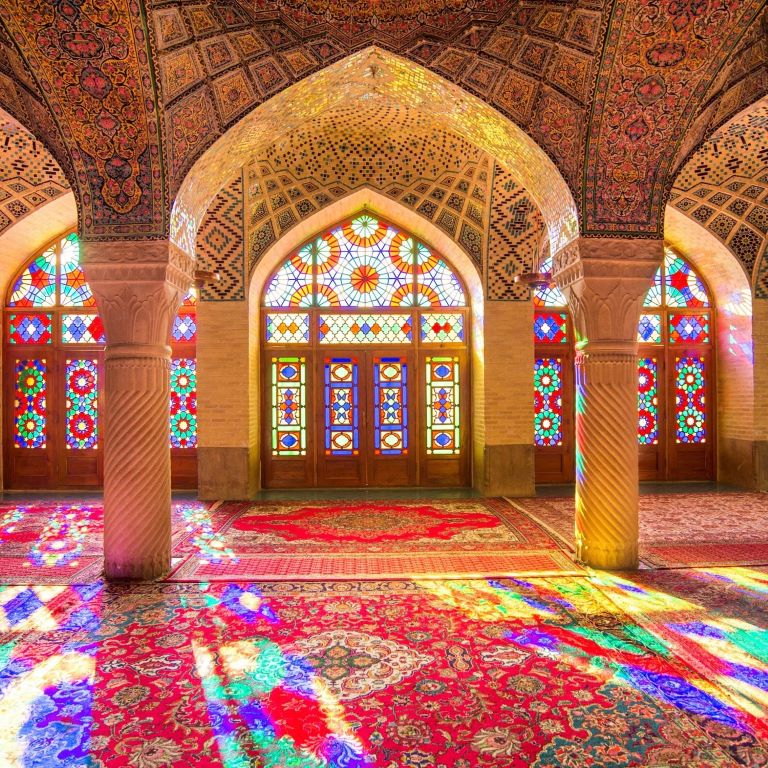

More photos

